
Giuseppe II d'AsburgoLorena 50° Imperatore del Sacro Romano Impero
Giuseppe Benedetto Augusto Giovanni Antonio Michele Adamo d'Asburgo-Lorena ( Vienna, 13 marzo 1741 - Vienna, 20 febbraio 1790) è stato Sacro Romano Imperatore dal 1765, dapprima associato al trono sui domini della famiglia d'Asburgo con la madre Maria Teresa fino alla morte di lei, avvenuta nel 1780, e quindi anche arciduca d'Austria e unico reg.

Giuseppe II d'AsburgoLorena 50° Imperatore del Sacro Romano Impero
However, with Cavour's untimely death on June 6, 1861, the Roman Question remained unresolved. Italy - War of 1859, Unification, Cavour: In 1857 Italian nationalists founded the monarchist-unionist Italian National Society, which supported the policies of Cavour. Under the presidency of Manin and the vice presidency of Garibaldi, the society.

Melomanía y otros estados sensoriales Cantata para un emperador muerto
Giuseppe II d'Austria; Historical figure Giuseppe D'Asburgo Lorena Born in: 1741 - Died in: 1790 . Giuseppe Benedetto Augusto Giovanni Antonio Michele Adam David of Habsburg-Lorraine was emperor of the Holy Roman Empire from 1765 and from the same year he was associated to the throne with his mother Maria Teresa on the dominions of the Habsburg.

Ritratto di Giuseppe II d'Austria, Arte, Pittura antica, dimanoinmano.it
Archduchess Maria Carolina of Austria; Leopold II, Holy Roman Emperor; Archduke Charles Joseph of Austria; Archduke Maximilian Francis of Austria; Ferdinand of Austria-Este; Child:. Sigillo dell'imperatore giuseppe II, vienna 1767.jpg 2,684 × 1,316; 2.2 MB. Vienna Kaiserliches Hofmobiliendepot 24042013 08.jpg 3,676 × 2,348; 5.02 MB.

MARIA ANTONIETTA Blog di FRANCESE
THE WAR: EVENTS. A. France thought Prussia would take 6 weeks to mobilize its army. In fact it took Prussia 3 weeks to mobilize; and Prussia's mobilizedarmy was twice the size of France's mobilized army. B. The Prussians crushed the Frencharmy in 6 weeks, largely by inducing the French to unwisely take the offensive.
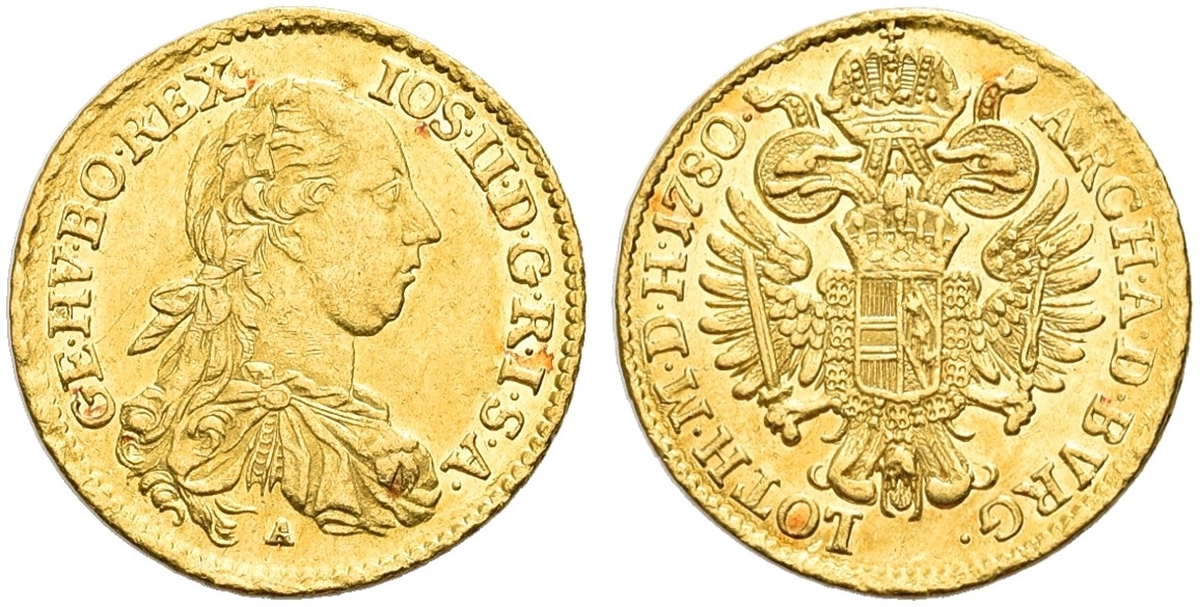
AUSTRIA Giuseppe II d’Asburgo Lorena, 17801790. Ducato 1780 A, Vienna.
Il trionfo d'amore : azione teatrale rappresentata in musica nella imperial regia corte in occasione delle felicissime nozze delle sacre reali maestà di Giuseppe II. d'Austria ; e di Maria Gioseffa di Baviera re, e regina de' Romani : l'anno MDCCLXV [i.e. 1765]. | Library of Congress

Giuseppe II d'Asburgo un aneddoto divertente sulla sua generosità
Ovviamente in questo, Giuseppe II recuperò non solo l'influenza dell'aristocrazia austriaca, ma anche un tocco cavalleresco e medioevale che lo consacrava come il re-sacerdote, fatto che lo spinse molto a considerare attivamente gli affari ecclesiastici come affari di governo. Nel 1782, inoltre, abolì le servitù personali dei contadini e.

Pagella scolastica la sua invenzione? Colpa dell'imperatore che amava
Archduke Joseph Ferdinand of Austria, full name Joseph Ferdinand Salvator Maria Franz Leopold Anton Albert Johann Baptist Karl Ludwig Rupert Maria Auxilatrix; 24 May 1872 - 28 August 1942, was an Austro-Hungarian Archduke, military commander, from 1916 Generaloberst, and early advocate of air power.He later retired to live as a common citizen of Austria, and was briefly imprisoned in Dachau.
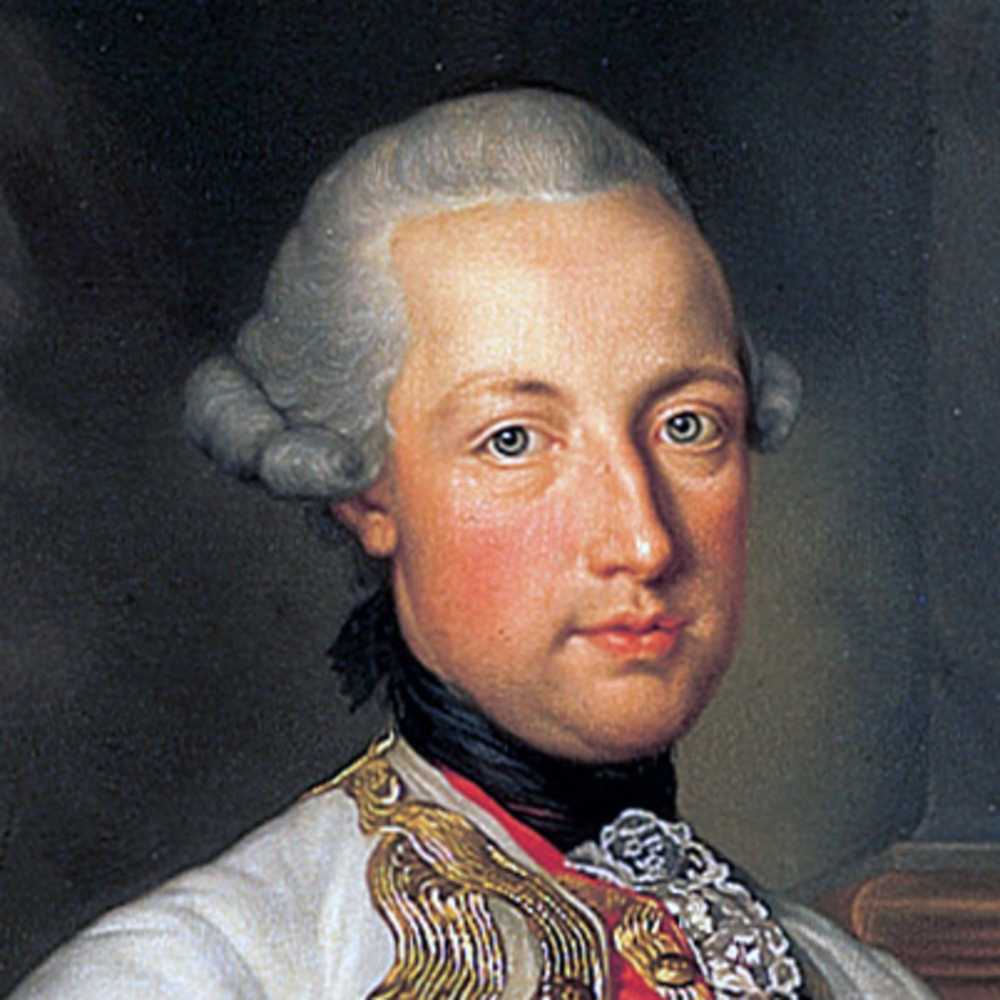
SwashVillage Joseph II. Biografie
Giuseppe Arcimboldo: Emperor Rudolf II as the harvest god Vertumnus, 1590/91, painting. Giovanni Castrucci: View of the Hradčany at Prague, *pietra dura*, after 1606. It is in the medium of painting that Rudolf's personal taste is revealed most clearly. The emperor gathered a circle of artists around him, the most famous of whom were.

Giuseppe II d'AsburgoLorena 50° Imperatore del Sacro Romano Impero
The unification of Italy (Italian: Unità d'Italia. Austria had an army of 140,000 men, while the Sardinians had a mere 70,000 men by comparison. However, the Austrians' numerical strength was outweighed by an ineffectual leadership appointed by the Emperor on the basis of noble lineage, rather than military competency.. Giuseppe Verdi's.

Giuseppe II d'AsburgoLorena 50° Imperatore del Sacro Romano Impero
FAQ Numista › Coins › Austria › Austrian Empire 20 Kreuzer - Joseph II © Numismatics.hu Features Issuer Austrian Empire Regent Joseph II (1765-1780) Type Standard circulation coin Years 1765-1780 Value 20 Kreuzer (⅓) Currency Gulden ( 1754-1857) Composition Silver (.583) Weight 6.68 g Diameter 29 mm Shape Round Demonetized Yes Number N# 22599
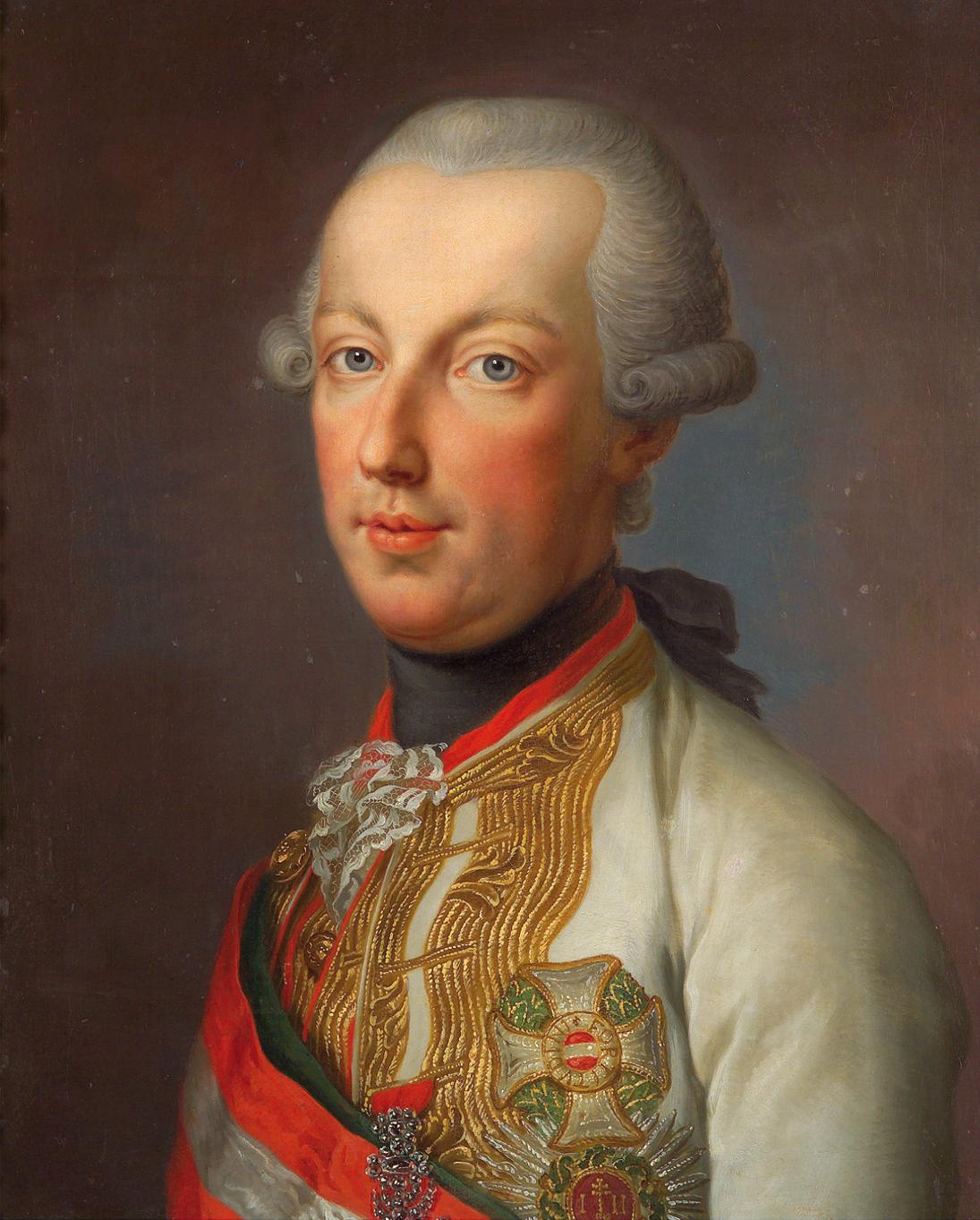
Emperor Joseph II Famous people in history, Holy roman empire, Roman
Giuseppe II imperatore del sri.PNG 492 × 692; 823 KB. Josef II, 1741-1790, tysk-romersk kejsare konung av Österrike (Joseph Hickel). Franz Karl Palko - Portrait of the Emperor Joseph II of Austria - KMS883 - Statens Museum for Kunst.jpg 464 × 768; 56 KB. Meytens - Emperor Joseph II.
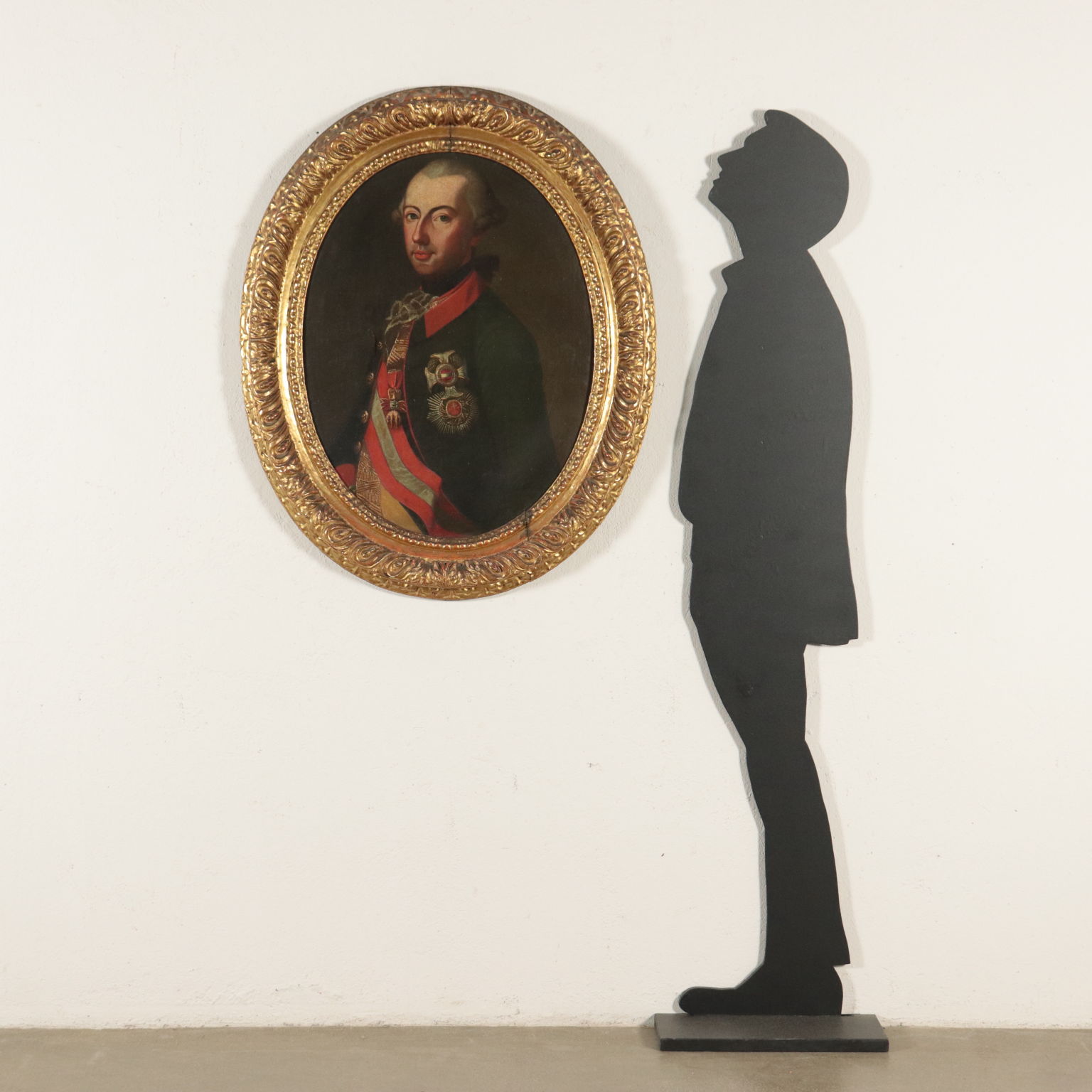
Ritratto di Giuseppe II d'Austria, Arte, Pittura antica, dimanoinmano.it
vrano austriaco Giuseppe II (1741-1790) aveva, con una successione di leggi audacemente innovatrici, tentato di eliminare le barriere secolari che dividevano gli ebrei dei suoi vasti domini dal mondo circostante. In queirepoca lo stato austriaco si estendeva su di una parte notevole dell'Europa e consisteva in un conglomerato informe di

Ritratto dell'imperatore Giuseppe II d'Austria Asta La dimora romana
Original Title: Imperatore Giuseppe II d'Austria Style: Neoclassicism Genre: portrait Media: oil, canvas Dimensions: 75 x 52 cm Order Oil Painting reproduction Tags: male-portraits Joseph Kreutzinger Famous works Archduchess Maria Antonia of A… • 1771 Marie Antoinette in a red hunting co… • 1771 Portrait of Charles, Duke of Tes… • 1790
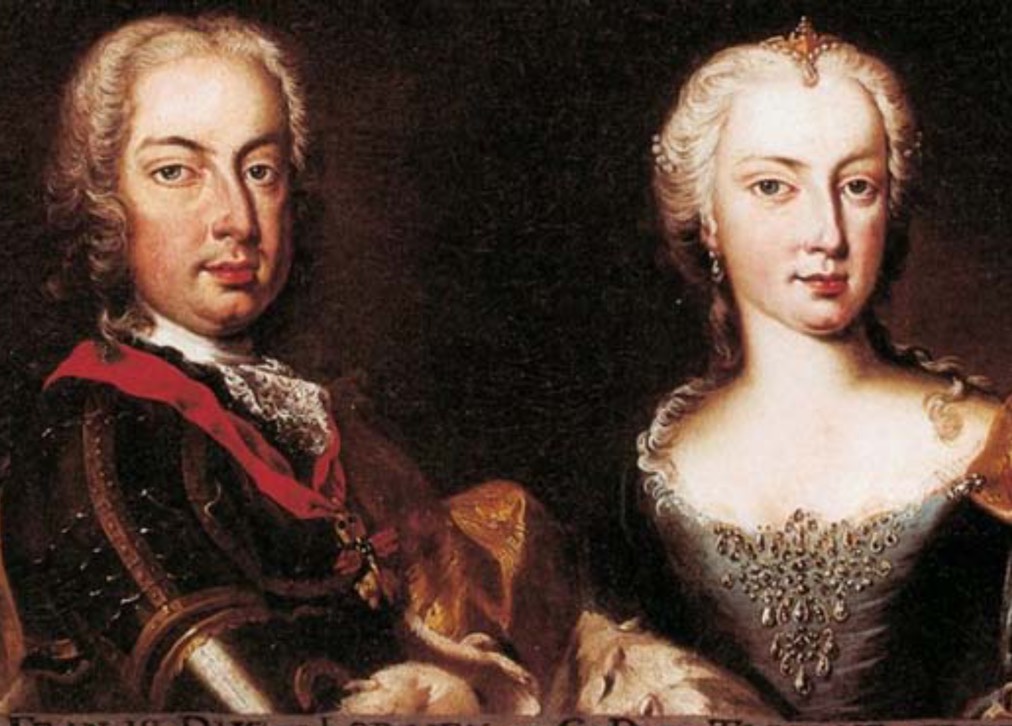
Le riforme di Maria Teresa d'Austria on FlowVella Presentation
Exploiting the collapse of Austrian power in Italy, Sardinia annexed the United Provinces of Central Italy, consisting of the Grand Duchy of Tuscany, the Duchy of Parma, the Duchy of Modena and Reggio and the Papal Legations, on 22 March 1860.

Giuseppe II d'AsburgoLorena 50° Imperatore del Sacro Romano Impero
Giuseppe II d'Asburgo Dino Carpanetto Un riformatore sul trono imperiale Figlio e successore di Maria Teresa d'Austria, è considerato uno dei protagonisti del periodo dell'assolutismo illuminato, espressione usata dagli storici per sottolineare la politica adottata nella seconda metà del Settecento dai sovrani di molti paesi europei con l'obiettivo di risanare le finanze, imprimere sviluppo.